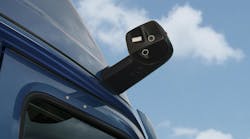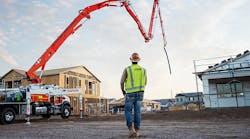Make the most of your training dollars
Given the increased complexity of today’s vehicles, training has become even more important than it was in the past. And the cost for it has skyrocketed. Some service providers have seen their spending on training triple in the last several years.
Training represents a big expense but it also can be a competitive advantage. In order to make the most of your training dollars, you may want to change the way you have traditionally looked at the training process. Your investment will go farther if your training programs are tailored to the skill level of an individual technician. In addition, today’s younger workers — the millennials — value on-going education and a career path that has been laid out for them.
The first step in developing an effective training program is to assess each employee on an individual basis. What are their strengths and weaknesses? What skills do they already possess and what skills are needed in your shop?
You also may want to spend a bit of time figuring out how they prefer to learn. Some people like the classroom setting others prefer to learn online at their own pace. While you do not have complete control over how training is delivered, you can try to match learning styles to courses as much as possible.
I recommend you sit down with each technician and work with him or her to develop a training program for the year ahead. Recommend which courses you want them to take and set goals for completion of various training modules.
You can tie technician training into compensation and award bonuses to techs as they complete courses on various types of components and vehicle systems.
Technician skills and development need to be reviewed on an annual basis and looked at in light of the type of repairs you are performing to ensure that you have the proper skill set for your operation.
If you know where the holes are, you can either work to fill those gaps or decide to outsource specific maintenance and repair needs rather than invest in the training needed to get your techs up to speed. Either way you’ll have your repair needs covered.


